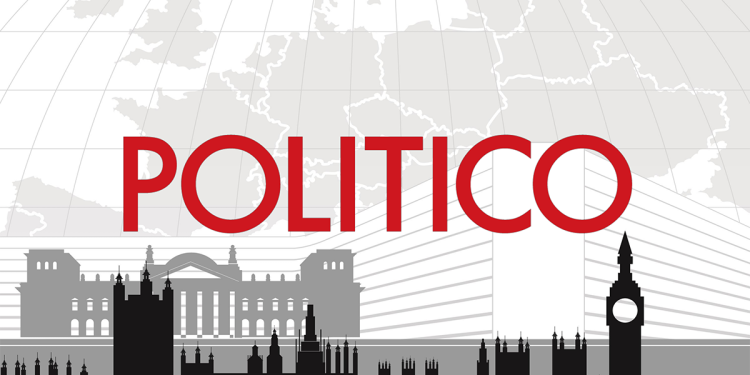The project now enters its “design phase”, the second of several phases, which means that governments conceptualize and define the scope and objectives. After its design, countries can offer proposals and obtain the approval of the EU Commission to spend public money.
IPCEIS are one of the main EU industrial policy tools which allow governments to complete billions of euros in cross -border, industrial or advanced infrastructure projects. Previous projects have focused on hydrogen technology, microchips, drugs and other subjects.
The head of the European Commission industry, Stéphane Séjénéné’s cabinet, told journalists in a message that the project was “another sign of a paradigm change in Europe on the nuclear issue”. The French commissioner has made nuclear a central problem since his entry into office.
The Spanish stay of stay, the head of the competition, Teresa Ribera, also oversees the IPCEIS and was a fierce anti-nuclear defender during his visit as Minister of the Spanish government.
The project is led by the French delegation and has the support of Italy and Romania, said the stay cabinet.
The project will cover small nuclear reactors (SMR) and advanced modular reactors, as well as “the transformation of uranium, the supply chain, R&D of nuclear fusion technologies and the diversification of nuclear production for medical purposes,” he added.
Politices


